About Anxi Ti Kwan Yin Original (Tieguanyin)
This Tieguantin is made by using the most traditional method, Zhenwei, which applies firing immediately after shaking. The whole process is finished no later than the morning of the day after shaking. The taste of it is very delicate but mellow, with a longlasting aftertaste.
Tieguanyin Oolong Tea was first produced in 1725–1735 by a local tea farmer in Anxi County, Fujian province. It has a high content of amino acids, vitamins, minerals, polyphenols and alkaloids. It also contains various nutrients and medicinal substances. Its unique mellow aroma makes it a favorite of many.





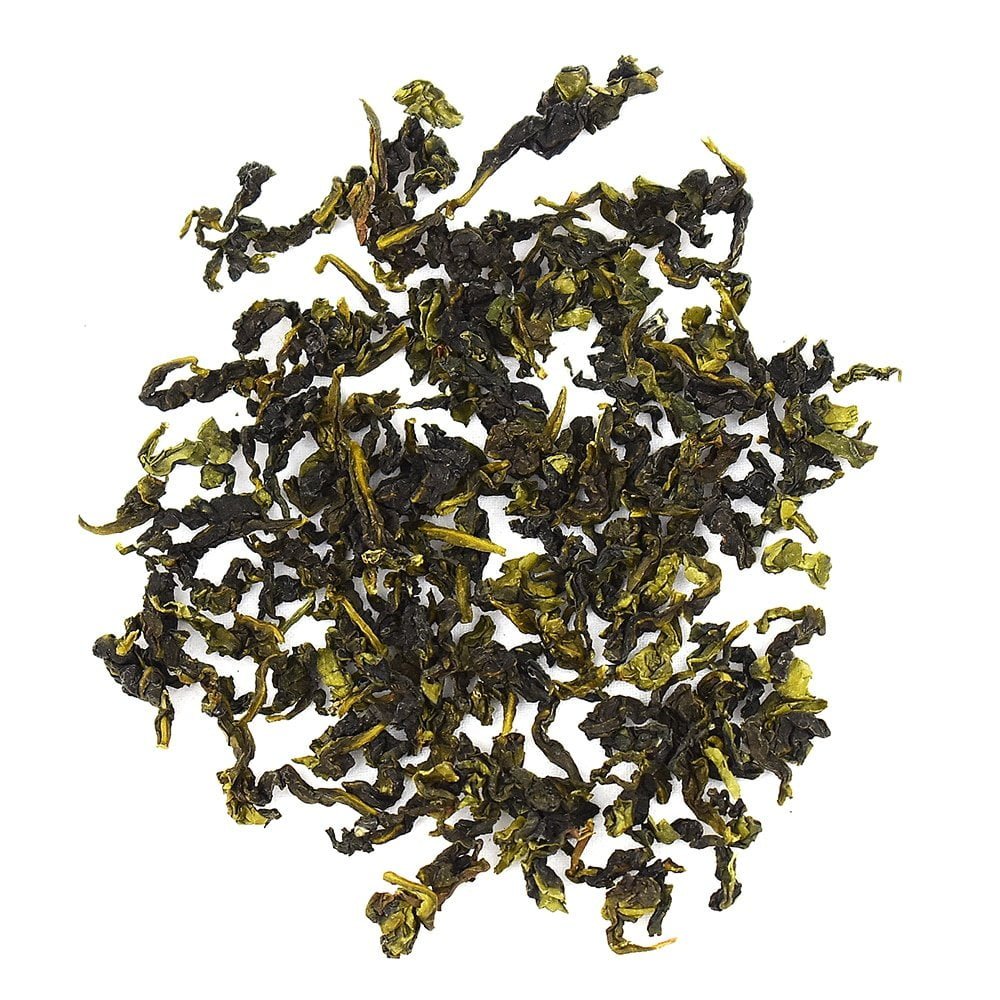
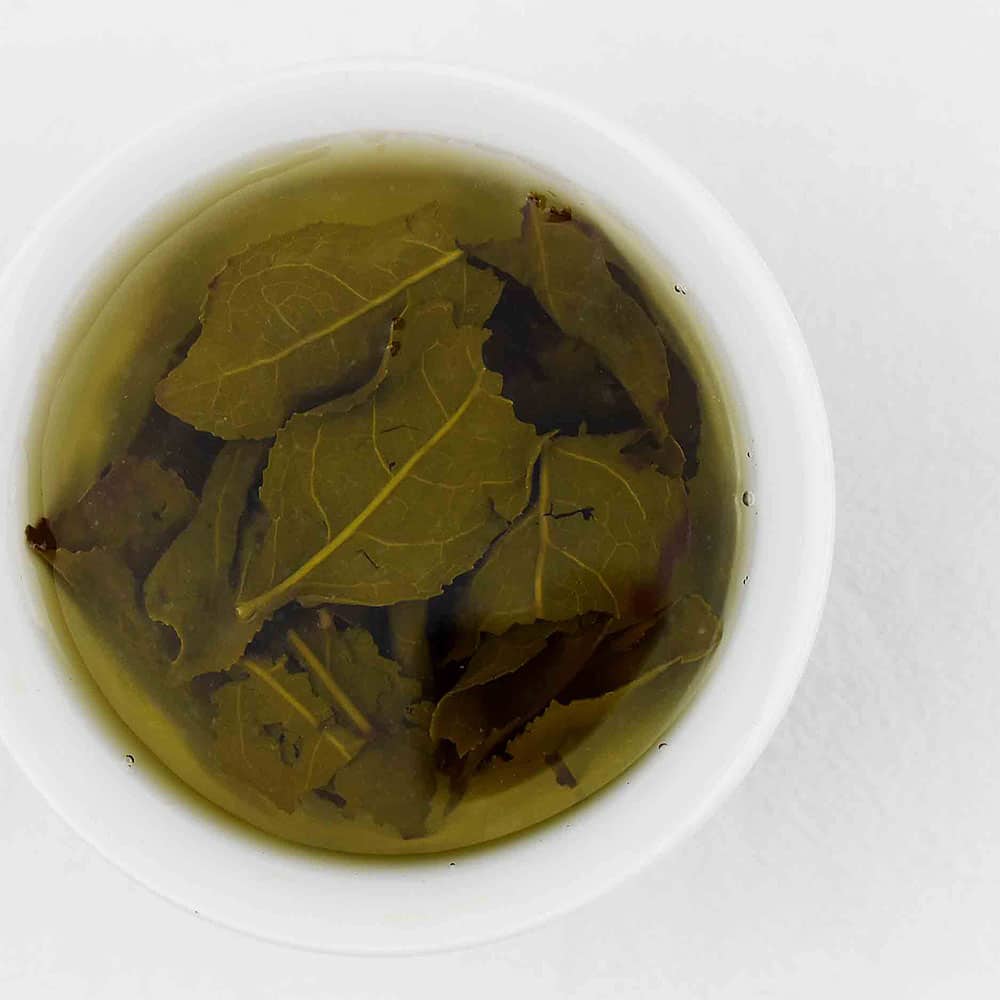
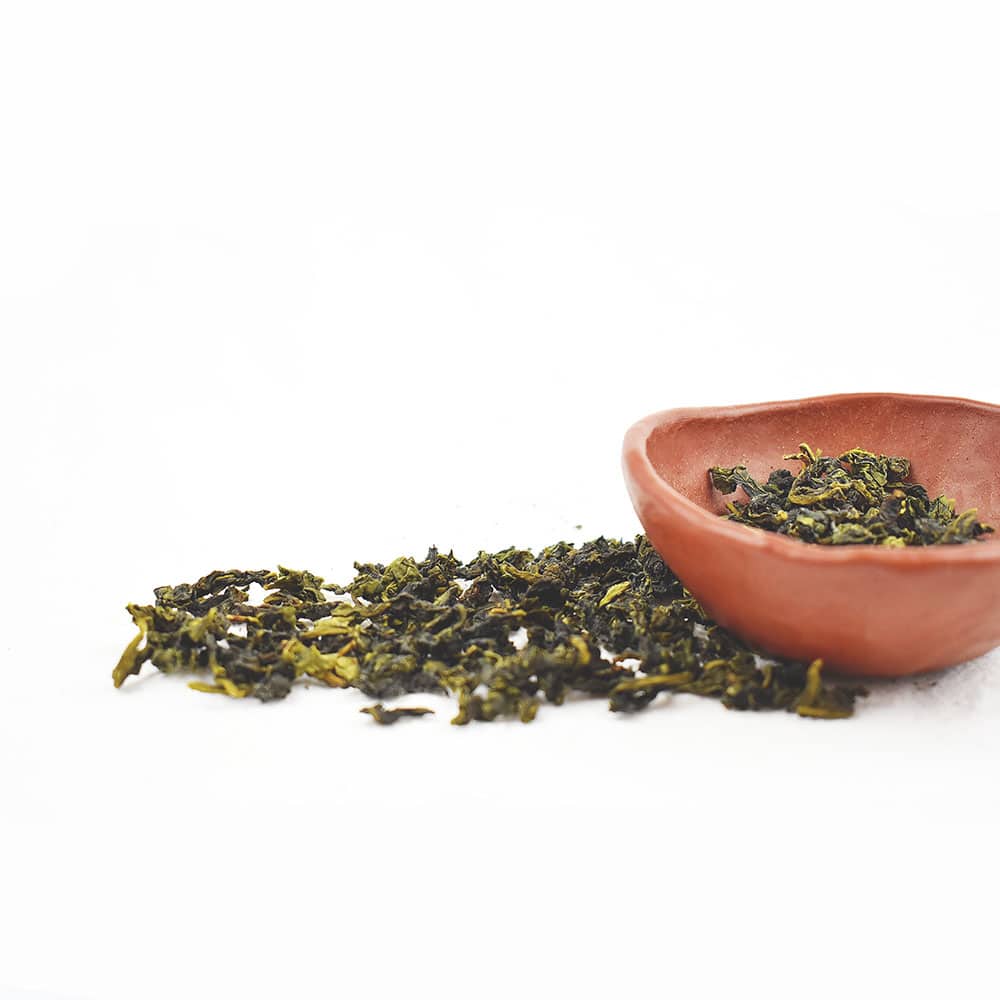
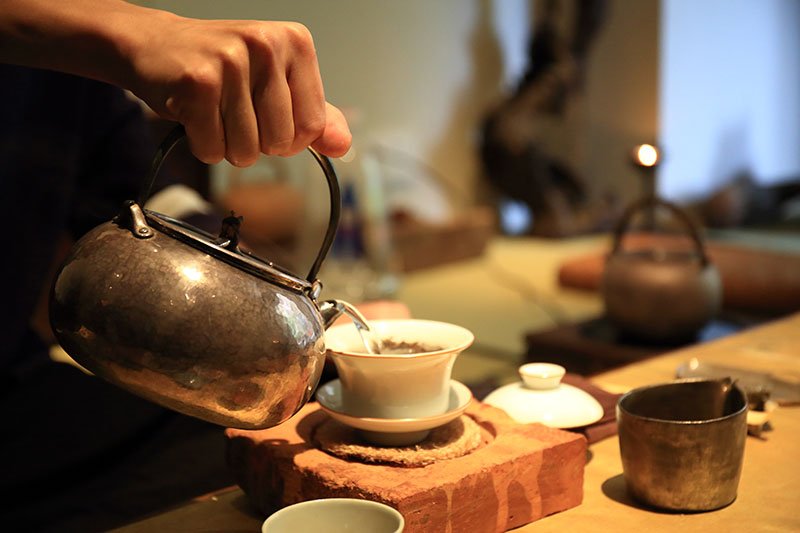

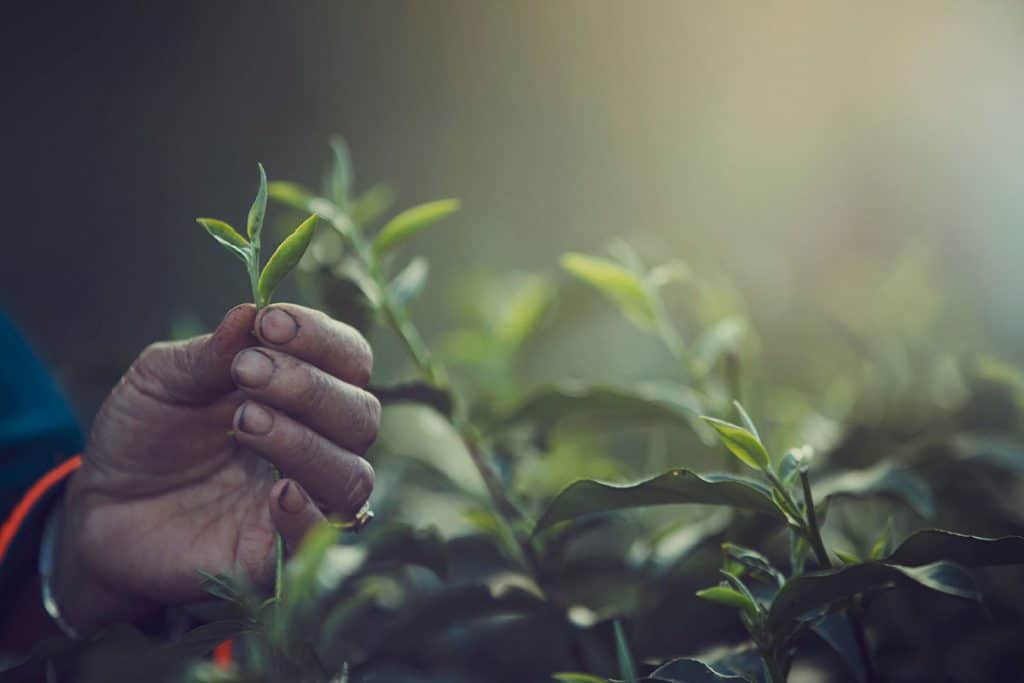
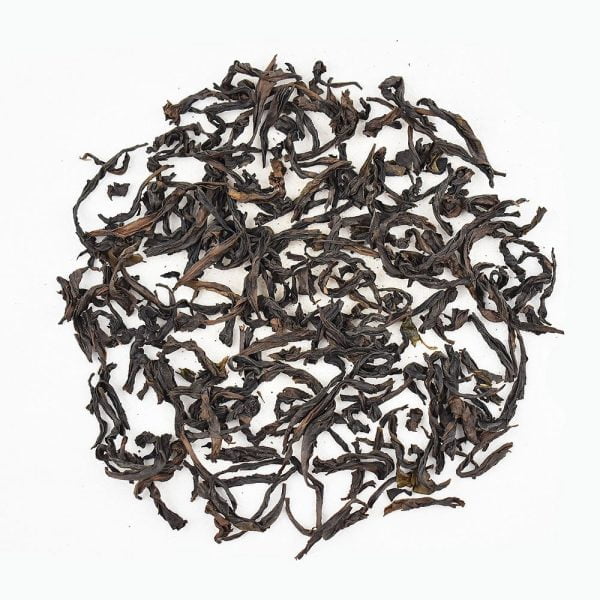
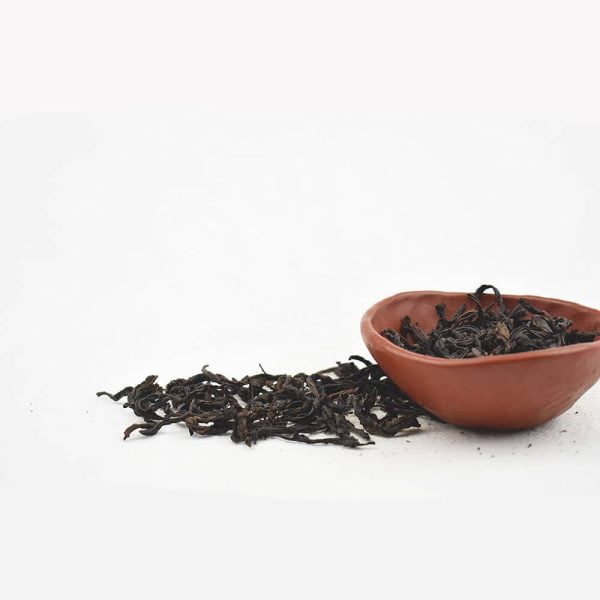
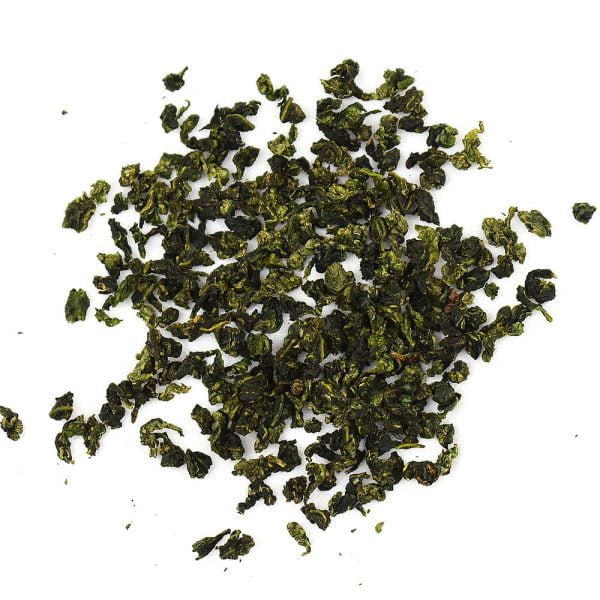
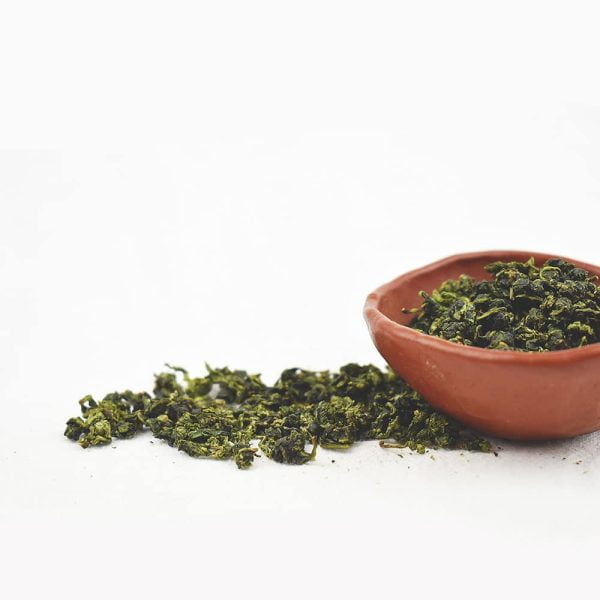
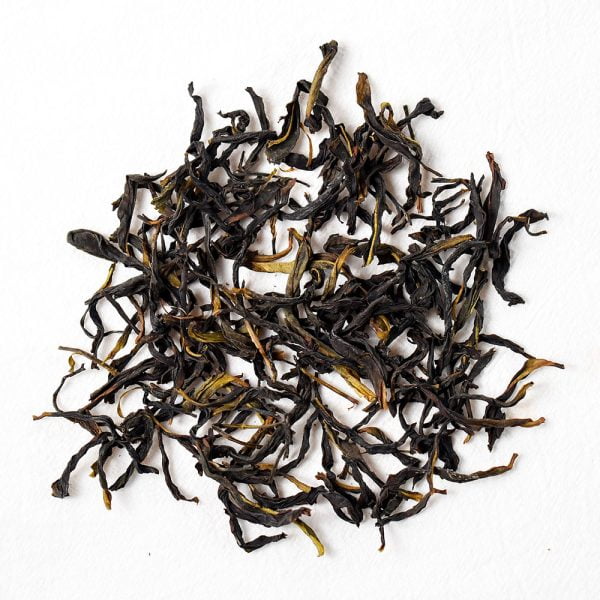
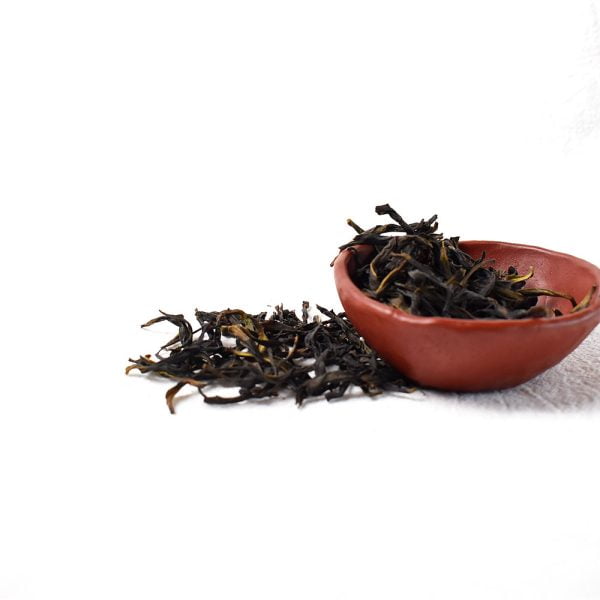
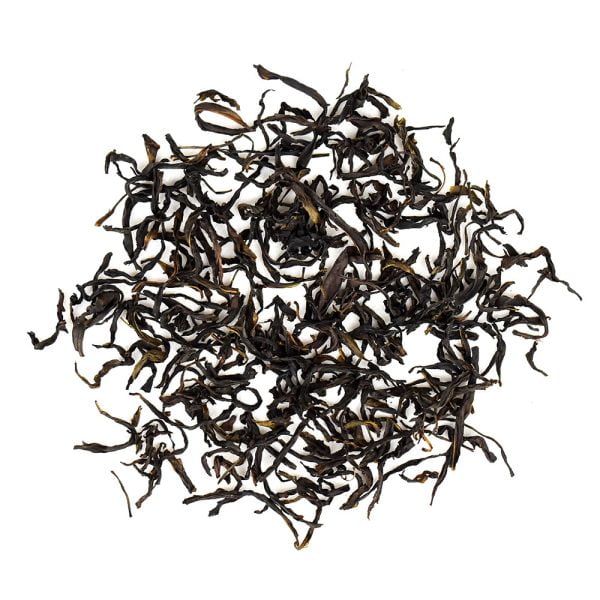
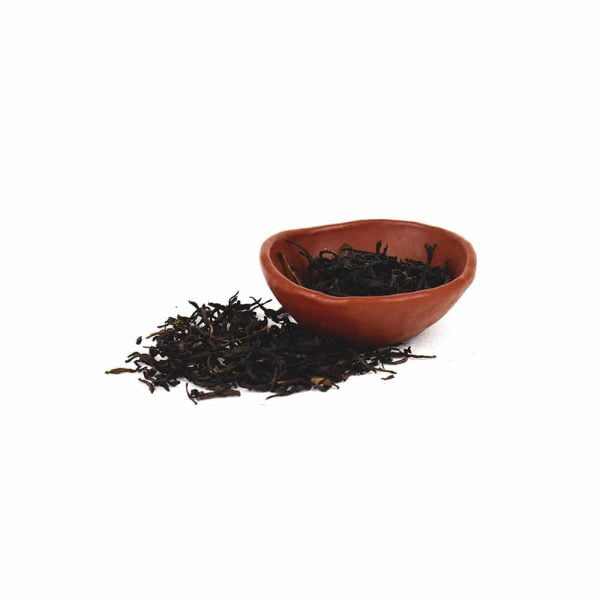
Caitlin –
A great traditional tea, it has a subtle flavour that lingers long after your cup is finished.
Samuel –
This reminds me of my holiday in China. The large leaves are beautiful when they unfold—a trip down memory lane.
Sean C. –
Great tea, would highly recommend to anyone who likes traditional and authentic herbal Asian teas
Lilly B. –
A lovely, traditional tea that lingers in the mouth. Really good for your health and definitely leaves you feeling better off after drinking regularly.
Lincoln T. –
This tea is attractive with delicate greens and browns and, though its flavour is mild, the aftertaste lingers long after consumption.
Evie O. –
This iron goddess tea was so great and totally did the spell. Tea for life; aroma was awesome and no bitter after taste. what a great the quality is,no staining in the cup, no/low tannin.